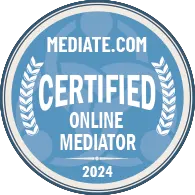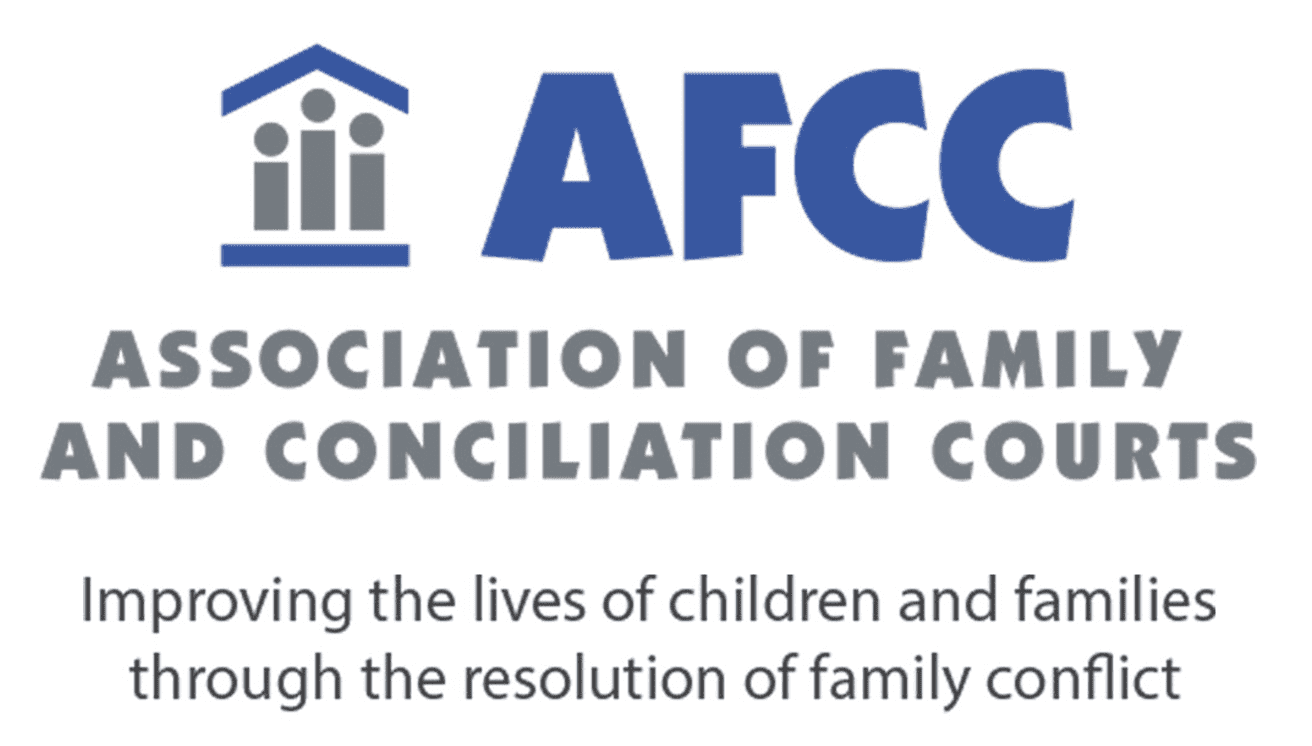
Verbal Violence: Creating a New Normal
One day, while waiting at the airport for a flight home, I watched an older fellow tear into a gate agent for not putting him and his wife on the next plane (it had been overbooked).
At first, the airline employee maintained her composure, but after being verbally attacked for what seemed like ten minutes, she began making threats of her own. Getting nowhere closer to home—but far closer to an infarction—the angry senior finally backed away. Seeing that I was watching him rather intently, he stepped toward me with a menacing look that suggested I’d be his next target.
And then I did something I didn’t plan on doing. It was as if someone had run his or her arm up the back of my shirt, and I was now a puppet, controlled by an unseen force. I looked the apoplectic guy in the eye and quietly said (I can’t believe I’m confessing this), “Sir, the way you just treated the gate agent was simply horrible.”
My remarks mortified both him and his wife. I was mortified. But instead of turning his anger on me, as I thought he might, he turned to his wife who had been trying to drag him out of the fray for most of the interaction. Both looked ashamed as they slowly walked away.
Although I’ll never know how my remarks affected him, it appeared as if I had held up a mirror and the reflection had cut him to the bone. As they walked away, his wife’s comment confirmed my suspicions: “It’s true, dear. You are yelling at people a lot nowadays. You didn’t use to be like that. I don’t know what’s happened to you.”
I had no right to be so judgmental and intrusive but let’s set my faux pas aside and explore the process by which normal, decent, everyday people (as I’m sure this grandpa once was or mostly is) transform into forceful aggressors—or at least into people who occasionally do things they said they would never do.
Beware, this transformation can happen slowly and without notice. Nobody applies for a membership into a curmudgeon club or takes a course in verbal violence. No one decides to become an attacking parent, insulting boss, or a senior citizen who verbally abuses gate agents.
But somewhere between “Please and thank you” and “That’s just plain stupid!” we lose our path.
As you might suspect, there are many ways we do so, but let me share my experience with a very common one and a few ideas for how to change.
Creating a New Normal
In the fall of 1973, while I was serving as a junior officer in the Coast Guard, a senior warrant officer (I’ll call him Burt) was assigned to a job that reported to me. He soon displayed all of the attributes of a forceful (and sometimes scary and abusive) debater within a largely soft-spoken and respectful team.
Scarcely a day passed without Burt getting into a heated argument. To quote one colleague: “Burt could turn a lullaby into a shouting match.”
One day, after I’d chatted with Burt for the umpteenth time about the evils of taking an aggressive, often hurtful style into what should be a calm discussion, he blew a gasket and slipped into full debate mode (ironic, no?).
I maintained my cool for a minute or two until I eventually started firing back at him (even more ironic). The loud and fruitless argument ended poorly and Burt stomped off in a dither. It took a few minutes for my adrenaline to dissipate but then I noticed something rather chilling. The members of my staff who had heard and seen the interaction were staring at me in disbelief—giving me the same shocked look the people at the airport had given the abusive senior citizen. Finally, one of my direct reports said, “Wow! Mr. Patterson, I never thought that you could explode like that.” It was a nice way of saying, “That was inexcusable—and please don’t ever do that to me.”
I thought about this interaction without much insight until a couple of days later, when I ran into Burt as he was putting on his jacket to go home.
Two things surprised me. One, Burt seemed completely unaffected by the fact that we had recently had a heated and relationship-damaging argument. He acted as if we were life-long chums. Two, he was sliding a lead pipe into his sleeve—the kind of lead pipe Colonel Mustard routinely uses to kill Miss Scarlet in the library.
Noticing me staring at his pipe, Burt explained, “It’s for fights. You need to be prepared.” He then suggested that “Betsy” (the pipe) had often saved his bacon. “What fights?” I wondered.
And then it hit me. Burt was a walking time bomb. He was so spontaneously aggressive in most interactions that he caused heated debates, even fights, everywhere he went.
His view, of course, was that the world was dangerous and he needed to carry a lead pipe in case a fight “broke out” somewhere.
Like Charles Shultz’ character Pigpen, who walks around causing the very cloud of dust that surrounds him (and that’s all he sees), Burt created his own cloud of forceful and violent debate. Violence was all he knew because it was all he saw. It was all he saw because wherever he went, it was what he brought out in others.
Of course, since he constantly saw others acting violently, he thought everyone was violent most of the time, and that made his aggressive style, if not okay, at least normal.
Burt confirmed my suspicions that he was creating a false “normal” one day when he asked, “Why are you singling me out for being too aggressive? Everyone I work with is verbally violent. Don’t you remember that time you yelled at me?”
“True,” I answered, but you’re the only person I’ve been verbally violent with in my entire career.”
“Are you saying,” Burt asked, “that I’m causing others to become argumentative?”
“To find out,” I suggested, “watch for heated arguments at work that you aren’t part of, then report back to me.” A month later, Burt reported that he had seen no verbal battles—except for his own—which had been plentiful.
And then it happened. Burt began seeing himself as a causal force in his violent world rather than merely an innocent bystander. Then I asked Burt to look for what he was doing that might be causing the friction. He came back with a list that he started working on immediately.
Burt didn’t totally transform when we worked together, but the changes he made only came after he realized that he had followed a dangerous path to verbal violence.
First, his aggressive style often brought out the worst in others making him an active participant in creating his own unhealthy environment.
Second, he had come to see the harmful reactions he routinely created as normal, even acceptable. In short, Burt saw no need to change until he realized that the world before and after he entered the scene was far more peaceful than the one he created through his own aggressive actions.
So, if you’re struggling with how relationships or conversations are being handled in your life, one first step toward change can be taking a good look around and questioning your own “normal.”
It can be intimidating to review our own part in the problems we’re experiencing, but trust me, it sure beats carrying around a lead pipe.
Workplace conflict is commonplace. Unfortunately, this conflict can spiral and lead to increasingly aggressive supervisors, coworkers, and subordinates. At Hale Strategies, we aim to offer workplace mediation in Texas and beyond. We work with clients face-to-face and virtually.
Contact us for workplace conflict management and mediation strategies in conflict resolution.
Email: info@halestrategiesllc.com
Phone: 325-999-3445











